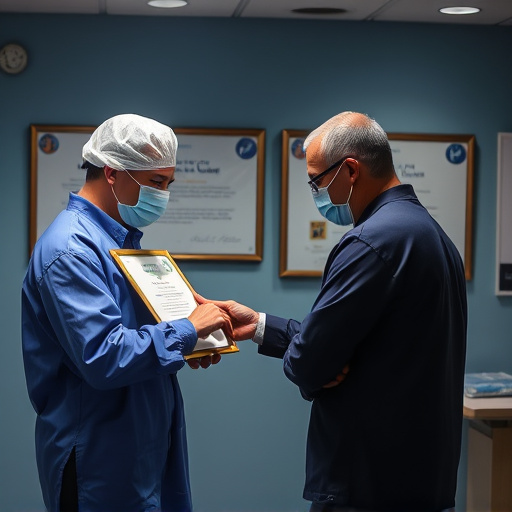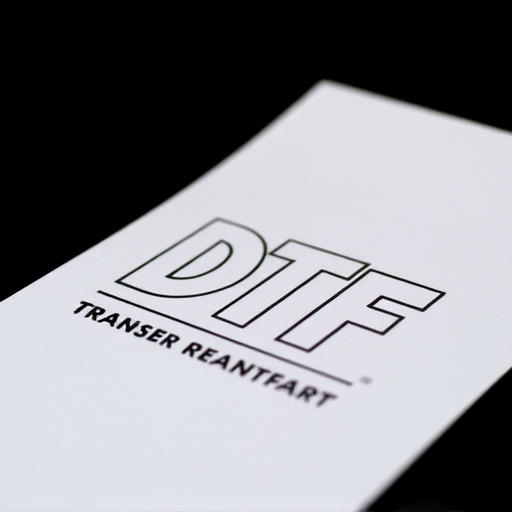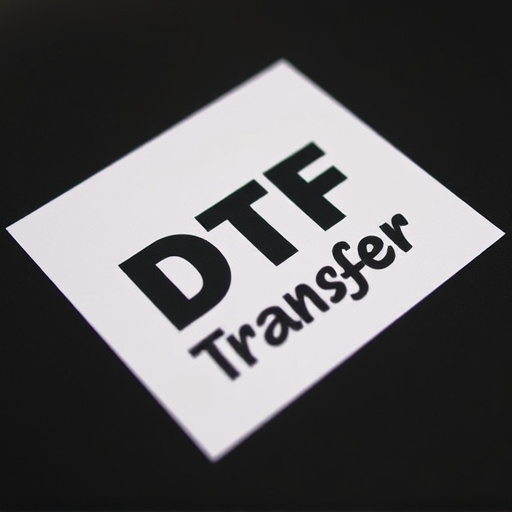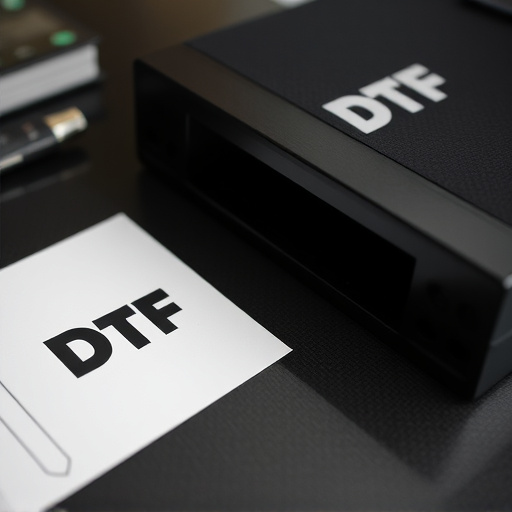Direct to Film (DTF) technology is revolutionizing design by enabling the creation of intricate, highly detailed prints on diverse materials. DTF Transfer, a cutting-edge process, allows for precise reproduction of complex patterns using high-resolution digital images transferred directly onto film. This method enhances visual appeal, adds depth, and ensures authenticity in both historic and contemporary projects. DTF Printing is favored for its vibrant colors, exceptional durability, and ability to handle intricate design elements like logos, illustrations, and graphical designs. Proper material selection, including top-tier transfers, high-resolution inks, and specific substrate materials, yields stunning, long-lasting prints. DTF Transfers excel in various industries, from fashion to packaging, offering detailed patterns, textures, and graphics challenging for traditional printing methods.
“Unleashing the power of intricate design reproduction, Digital Thermal Transfer (DTF) printing is revolutionizing various industries. This cutting-edge process enables the creation of stunning, high-quality prints with remarkable detail. From its foundation as a technique for transferring images to fabric, DTF has evolved to masterfully handle complex designs across diverse materials.
In this comprehensive guide, we explore the capabilities and advantages of DTF Transfer, shedding light on why it’s a preferred choice for achieving exceptional print quality, especially in scenarios demanding fine details.”
- Understanding DTF Transfer: A Brief Overview
- The Art of Reproducing Intricate Design Elements
- Key Advantages of DTF for Fine Details
- Choosing the Right Materials for DTF Printing
- Techniques to Enhance Print Quality and Durability
- Real-World Applications: Where DTF Prints Excel
Understanding DTF Transfer: A Brief Overview
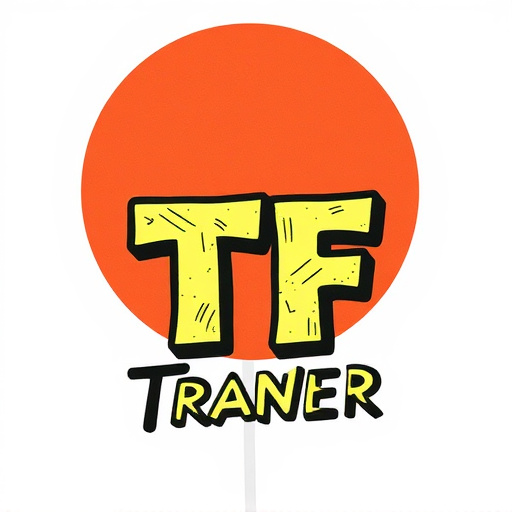
The DTF Transfer (Direct to Film) process is a cutting-edge technology revolutionizing the way intricate design elements are brought to life on various surfaces, from textiles to metals. It involves transferring high-resolution digital images directly onto film, enabling precise and detailed printing. This method offers unparalleled precision, ensuring that even the most complex patterns and fine lines are accurately reproduced.
With DTF Printing, designers can achieve a level of complexity and realism previously unattainable through traditional printing methods. The process starts with a digitally prepared design, which is then converted into a format compatible with specialized DTF machines. These machines expose photographic film to light, creating a negative that captures every detail of the original digital art. This film is subsequently used to print onto various substrates, allowing for stunning DTF Prints with vibrant colors and exquisite detail.
The Art of Reproducing Intricate Design Elements
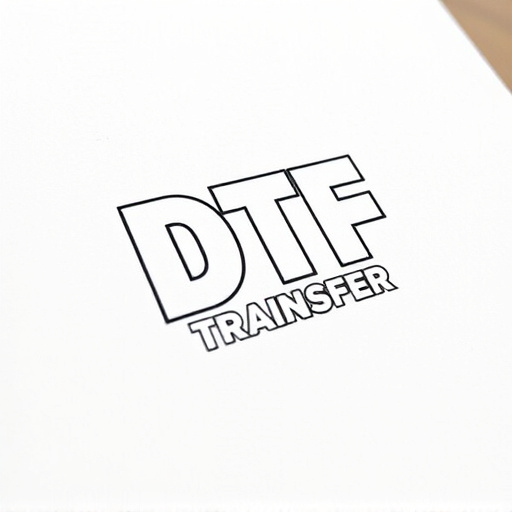
The art of reproducing intricate design elements on film has evolved significantly with the advent of Digital Transference (DTF) techniques. DTF Transfer, a cutting-edge process in DTF Printing, allows for an unparalleled level of detail and precision in capturing complex patterns and textures. This technology enables film enthusiasts, artists, and conservators to preserve and showcase the beauty of vintage films while also facilitating the creation of unique, modern designs.
By utilizing advanced scanners and specialized printing methods, DTF offers a game-changer for achieving high-fidelity reproduces. Each thread, line, and shade is meticulously transferred onto various materials, be it fabric, paper, or metal, ensuring that the intricate design elements are brought to life with remarkable accuracy. This level of detail not only enhances visual appeal but also adds depth and authenticity to both historic and contemporary projects, making DTF Prints a sought-after choice for those who demand excellence in visual representation.
Key Advantages of DTF for Fine Details
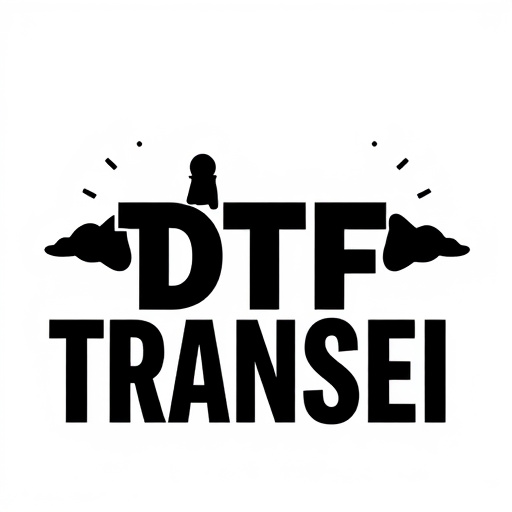
The Digital Thermal Transfer (DTF) process offers unparalleled advantages when it comes to reproducing intricate design elements on a variety of surfaces. Unlike traditional printing methods, DTF utilizes advanced technology to create high-resolution prints with exceptional detail and accuracy. This makes it the go-to choice for designers, artists, and manufacturers looking to achieve crisp, precise results.
One of the key benefits of DTF is its ability to handle complex patterns and fine lines seamlessly. The direct thermal transfer ensures that every minute detail is accurately replicated, making it ideal for intricate designs such as logos, illustrations, and graphical elements. Additionally, DTF prints boast vibrant colors and exceptional durability, ensuring your designs maintain their impact over time. Whether you’re creating promotional materials, custom merchandise, or artwork, DTF Printing provides a reliable and efficient solution for achieving stunning visual effects.
Choosing the Right Materials for DTF Printing

When it comes to creating high-quality DTF (Direct to Film) prints capable of reproducing intricate design elements, selecting the right materials is paramount. The choice of film and ink plays a significant role in achieving exceptional results. Opting for top-tier DTF transfers ensures the accuracy and vibrancy of colors, crucial for complex designs. High-resolution inks and films with superior opacity are essential to capture fine details and prevent color bleeding.
Furthermore, considering the substrate (base material) is vital. For DTF Printing, a smooth, durable, and heat-resistant surface is ideal. This foundation allows for precise printing and prevents smudging or warping during the transfer process. Professionals often recommend specialized papers or film materials designed explicitly for DTF transfers, ensuring prints that not only look stunning but also last longer.
Techniques to Enhance Print Quality and Durability
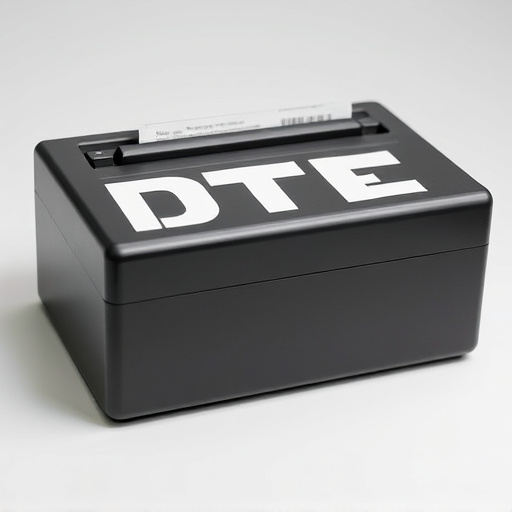
Film transfers, particularly Digital Thermal Transfer (DTF) methods, offer an unparalleled level of detail when reproducing intricate design elements on various materials. DTF Printing involves a process where digital images are precisely transferred onto substrates like fabric or paper using heat and pressure. This technique ensures that even the most complex patterns and lines are accurately rendered, making it ideal for high-quality prints.
To enhance print quality and durability, several techniques can be employed. One such method is the use of high-resolution digital files, which provide a sharper and more accurate representation of the original design. Additionally, optimizing the printing temperature and pressure settings ensures that the inks fuse with the substrate optimally, leading to vibrant colors and longevity. Regular maintenance and storage in a clean, dry environment also play a crucial role in preserving the integrity of DTF Prints over time.
Real-World Applications: Where DTF Prints Excel

In various industries, Direct to Film (DTF) transfers have proven their worth in reproducing intricate design elements with remarkable precision. Their real-world applications span across multiple sectors, from fashion and textile to packaging and even automotive interior design. DTF prints excel in creating detailed patterns, textures, and graphics that are often challenging or impossible to achieve with traditional printing methods.
One of the key advantages of DTF transfers lies in their ability to capture fine lines, subtle gradations, and complex blends seamlessly. This makes them ideal for high-fidelity reproduction of artistic designs, logos, and brand identities. Additionally, DTF prints offer excellent durability, making them suitable for outdoor signage, vehicle wraps, and other applications that demand long-lasting colorfastness.






